| Size | |
|---|---|
| Common Name | |
| Type | |
| Family | |
| Native? | US Native Plants |
| Zone | 4, 5, 6, 7, 8, 9 |
| Height Range (ft.) | 40 to 75 |
| Spread (ft.) | 20 to 50 |
| Bloom Time | |
| Bloom Description | Inconspicuous yellow-green catkins |
| Sun | |
| Water | |
| Maintenance | |
| Suggested Use | |
| Tolerate | |
| Attracts | |
| Growth Rate |
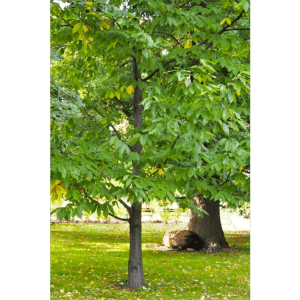
Bur Oak is a massive native shade tree with large acorns, rugged bark, and broad-spreading branches. Ideal for large landscapes, wildlife habitats, and restoration projects.
$21.99
Please note: Sizes 1.5 Gallon and up can’t be shipped outside the counties of Nassau, Suffolk, Brooklyn, and Queens.
Learn more about how the process works and how our plants are delivered.
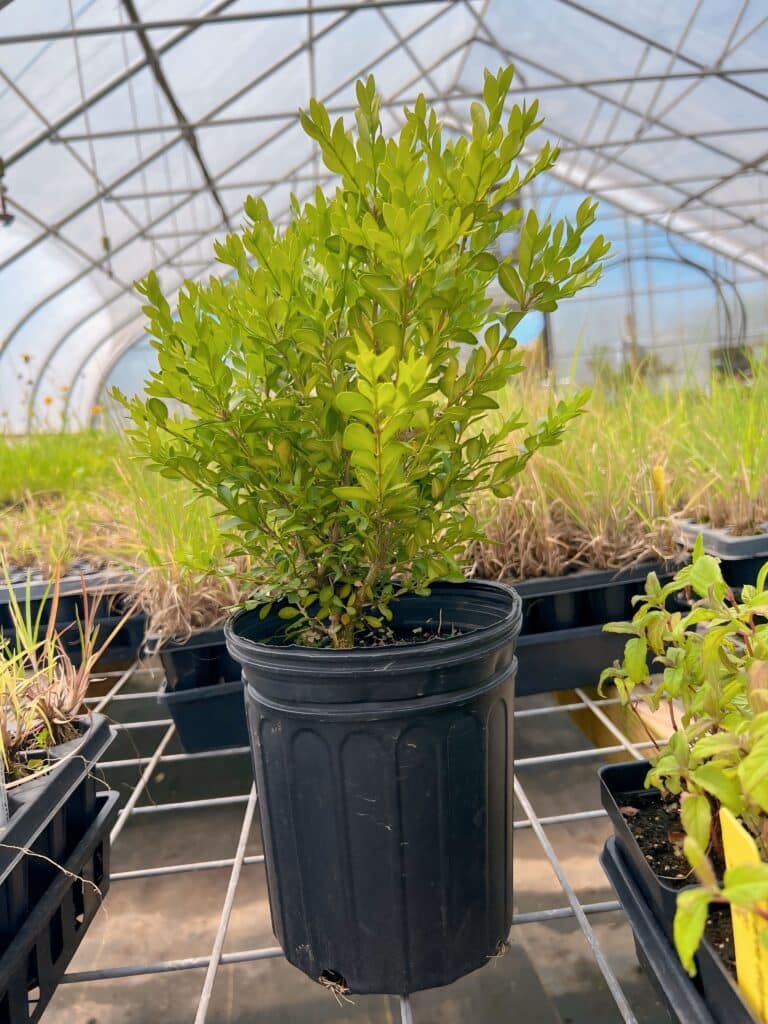


| Size | |
|---|---|
| Common Name | |
| Type | |
| Family | |
| Native? | US Native Plants |
| Zone | 4, 5, 6, 7, 8, 9 |
| Height Range (ft.) | 40 to 75 |
| Spread (ft.) | 20 to 50 |
| Bloom Time | |
| Bloom Description | Inconspicuous yellow-green catkins |
| Sun | |
| Water | |
| Maintenance | |
| Suggested Use | |
| Tolerate | |
| Attracts | |
| Growth Rate |
Quercus macrocarpa, commonly known as Bur Oak, is a large, stately native oak tree known for its rugged beauty, distinctive oversized acorns, and impressive adaptability. Growing 70 to 80 feet tall with an equally wide, broad-spreading canopy, Bur Oak is ideal for large landscapes, parks, and restoration projects. Its deeply lobed, dark green leaves turn yellow to brown in the fall, providing seasonal interest.
Bur Oak is incredibly resilient, thriving in a wide range of soil types, including dry, sandy, clay, and rocky soils. As a keystone species, it supports over 500 species of caterpillars, providing critical food for songbirds and other wildlife. Its large acorns are a vital food source for deer, turkeys, squirrels, and other animals.
/5
Total reviews
|
|
Persons recommended this product
Anonymous
Shopper
check_circle Verified
Shop owner replied
Was this helpful
Anonymous
Shopper
check_circle Verified
Shop owner replied
Was this helpful
Your feedback helps us improve our service.
There are no reviews yet.
Be the first to review “ ”
Please log in to submit a review.
Only logged in customers who have purchased this product may leave a review
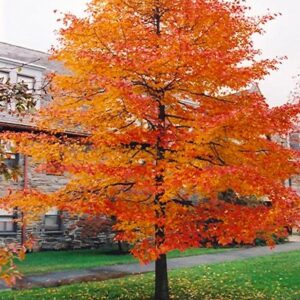
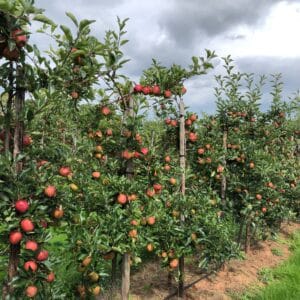
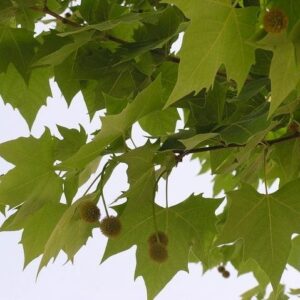
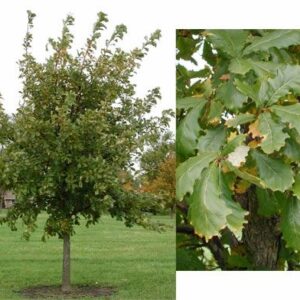
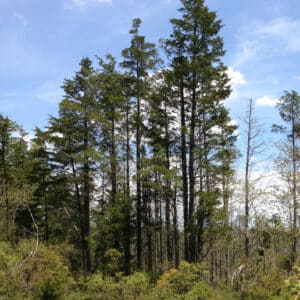
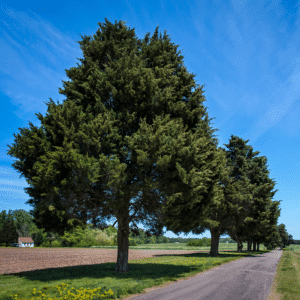
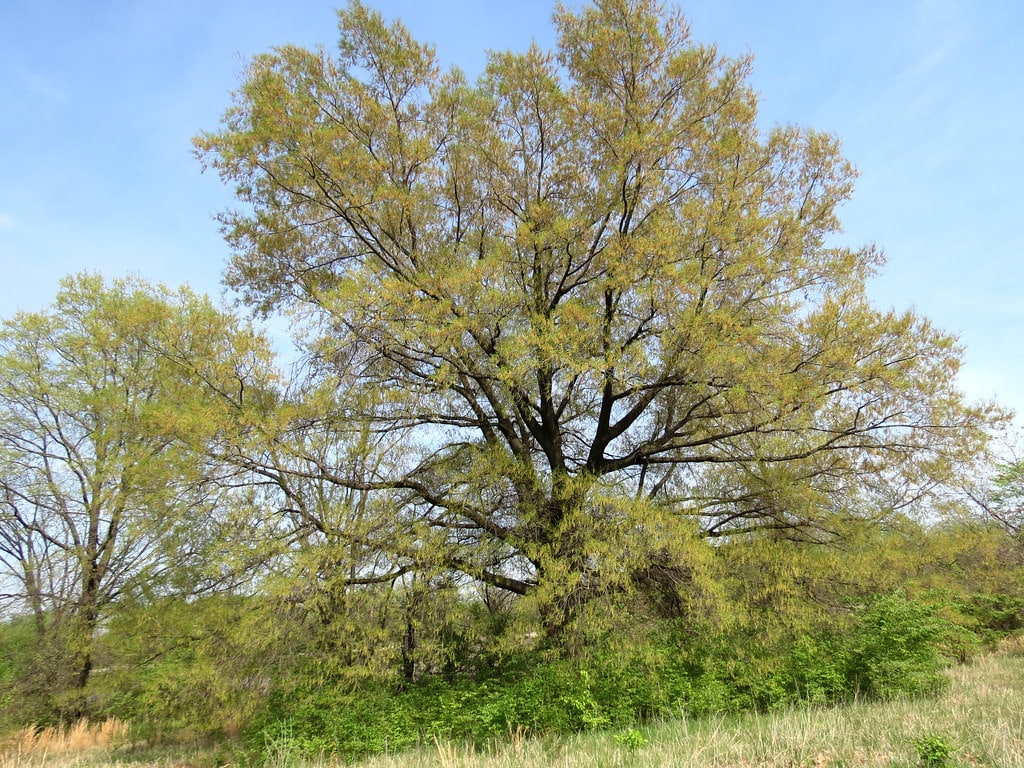
Willow Oak is a medium to large deciduous tree, typically growing 40 to 75 feet tall, with a spread of 30 to 50 feet. It has a straight trunk and forms a broad, rounded crown as it matures, making it an excellent choice for shade trees in lawns, parks, or street plantings.
Willow Oak thrives in full sun, requiring at least 6 hours of direct sunlight daily. It prefers moist, well-drained soils but is highly adaptable to a variety of conditions, including clay soils, urban environments, and periodic wetness. Once established, it is moderately drought-tolerant.
It’s called Willow Oak because its narrow, lance-shaped leaves resemble those of a willow tree. Unlike other oaks with lobed leaves, Willow Oak has smooth-edged, linear foliage, giving it a distinctive, graceful appearance in the landscape.
Absolutely! Willow Oak produces small acorns that serve as an important food source for birds, deer, squirrels, and other wildlife. As a native oak species, it also supports hundreds of caterpillar species, which are vital for songbirds and pollinators.
Willow Oak is generally resistant to most pests and diseases, though, like all oaks, it can be susceptible to oak wilt and other fungal diseases if planted in poorly drained soils. It is deer-tolerant and considered a low-maintenance tree once established.
Our gift cards make it easy to share the beauty of plants, flowers, and all things green. Whether for a special occasion or just because, give the gift of choice and let them select their favorites to create a garden they’ll cherish.
BUYING HIGH QUALITY PLANTS HAS NEVER BEEN EASIER
Our plants are easy to order, plant, and enjoy! Bringing pollinators to your property improves vegetable yields – Feed the bees!
Sign up for our email list!
Copyright © 2025 Bumbee’s | Web design and SEO by Searles Graphics